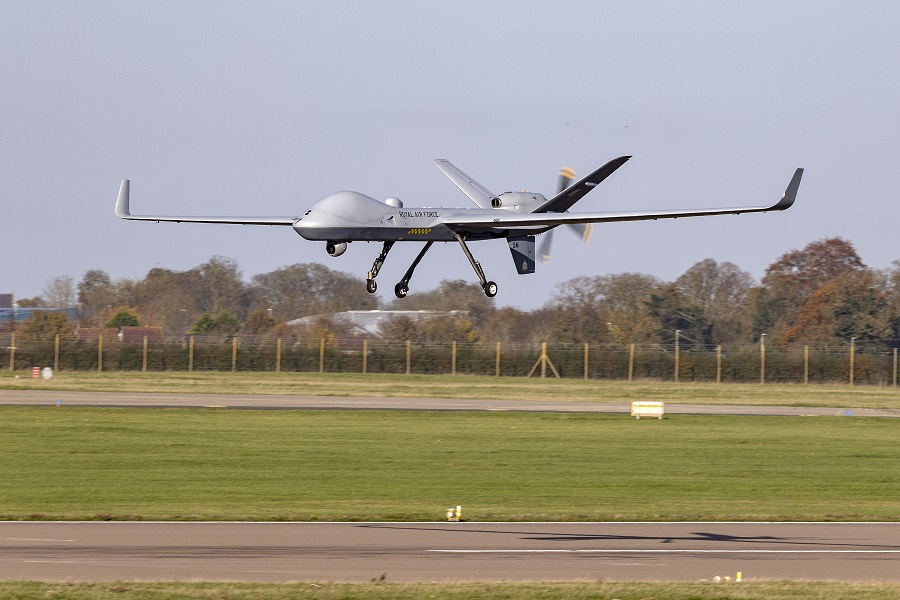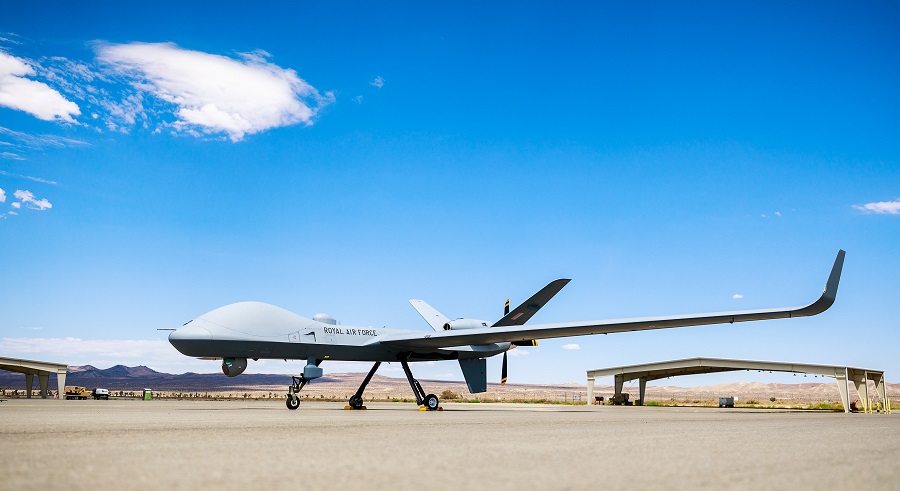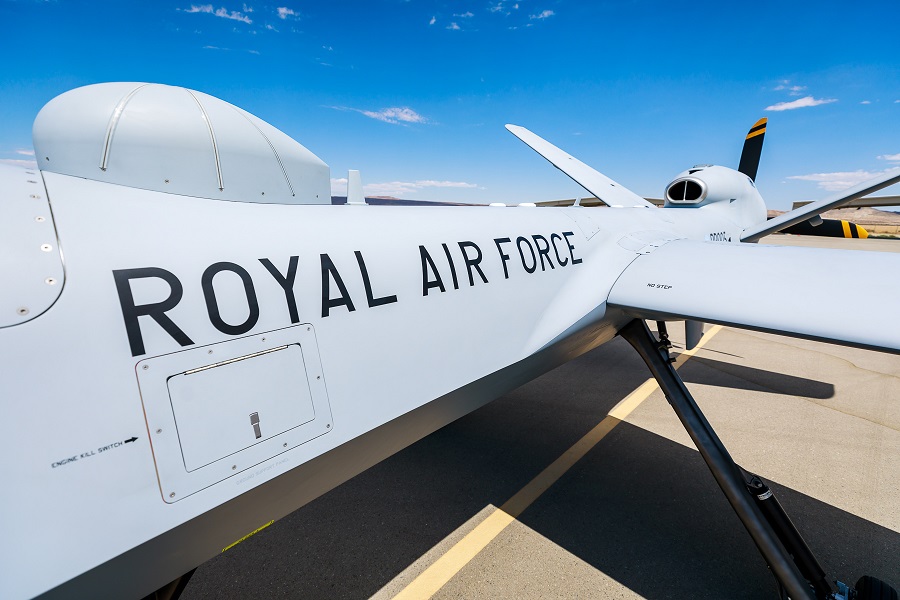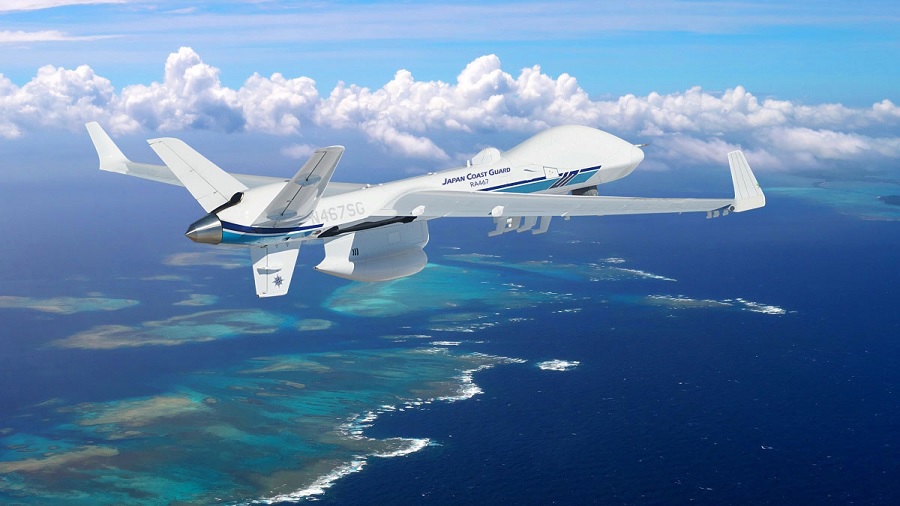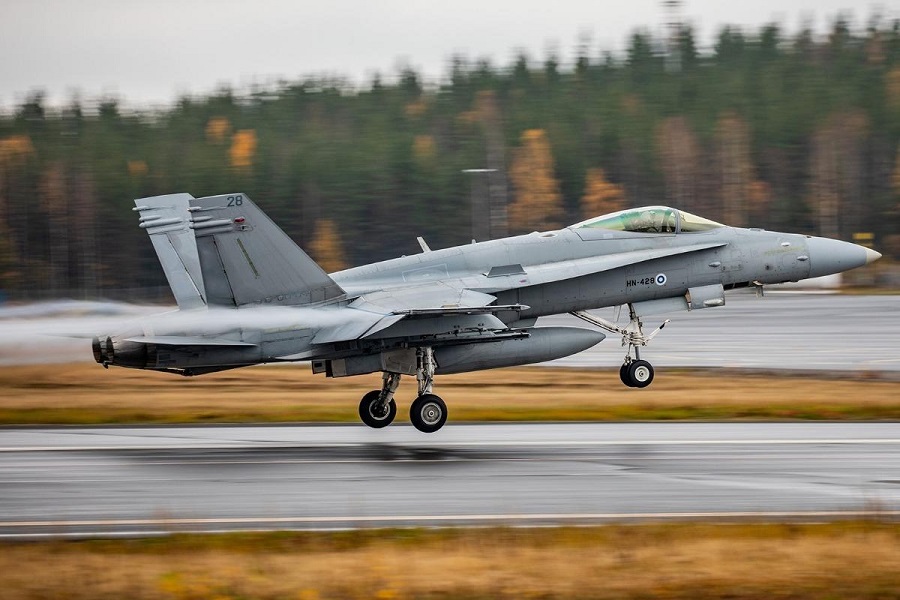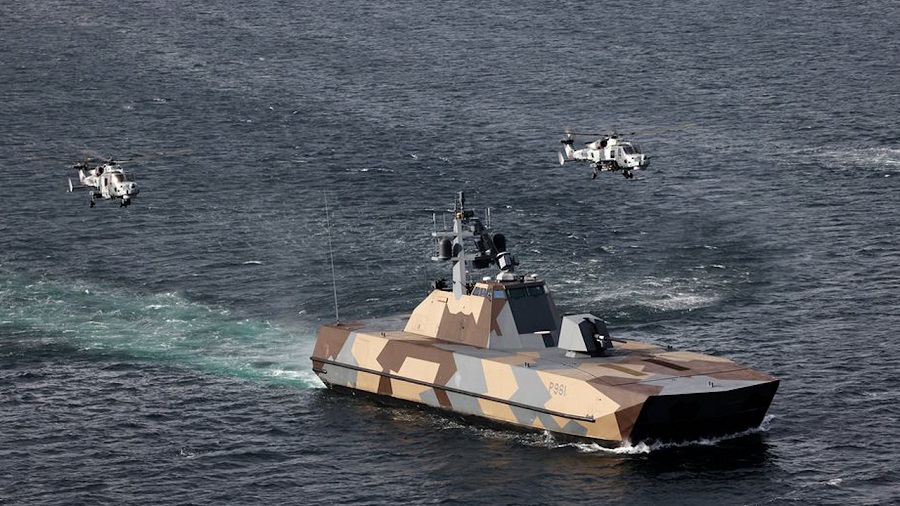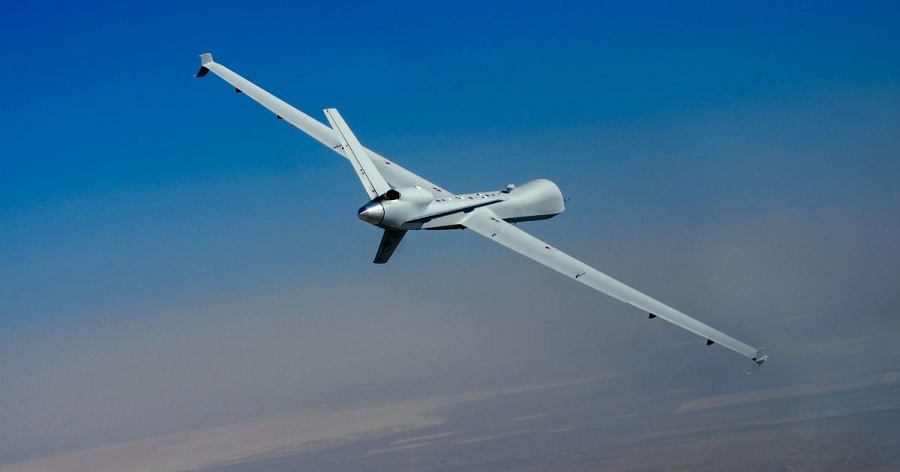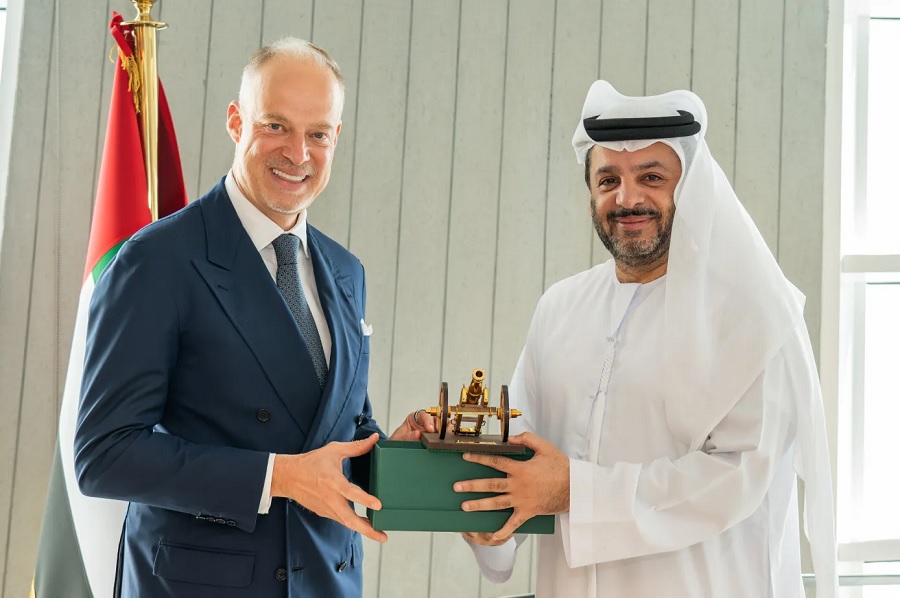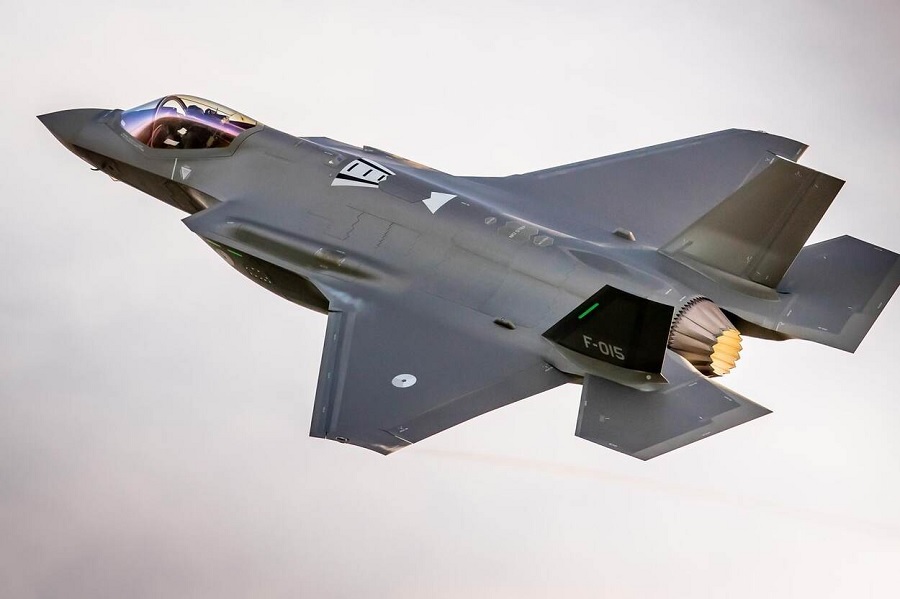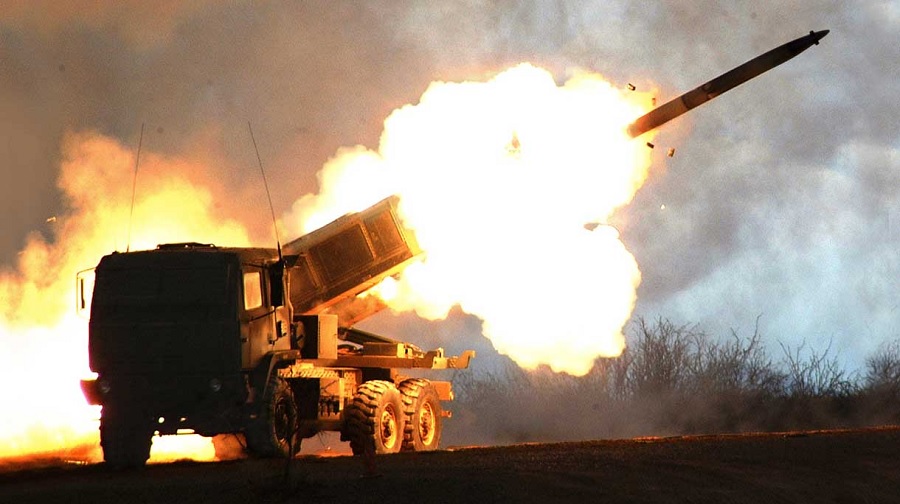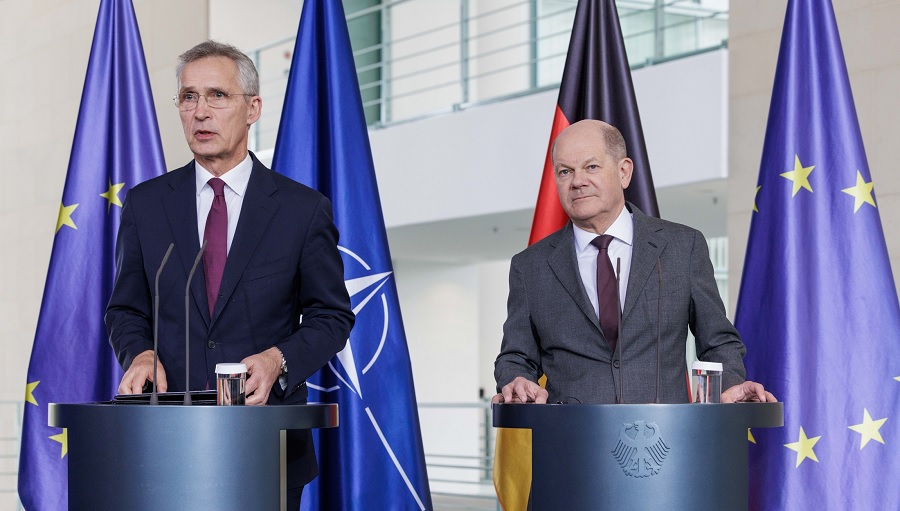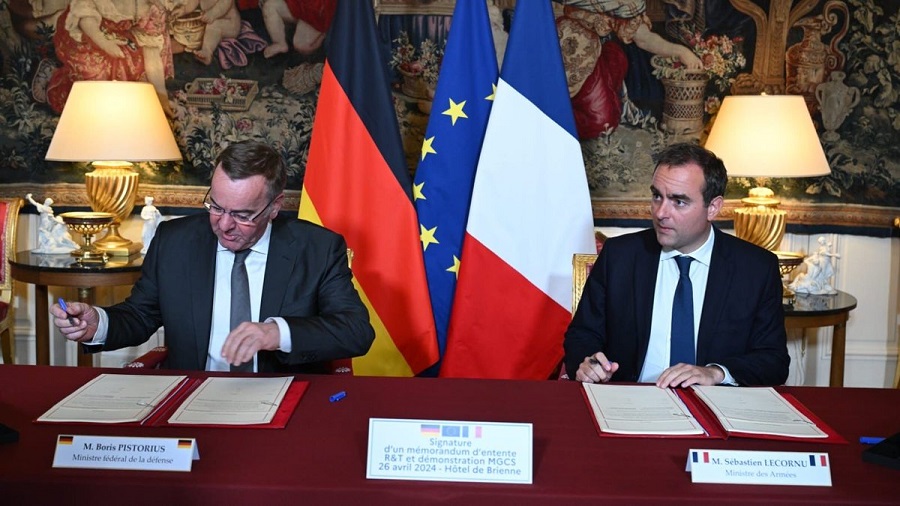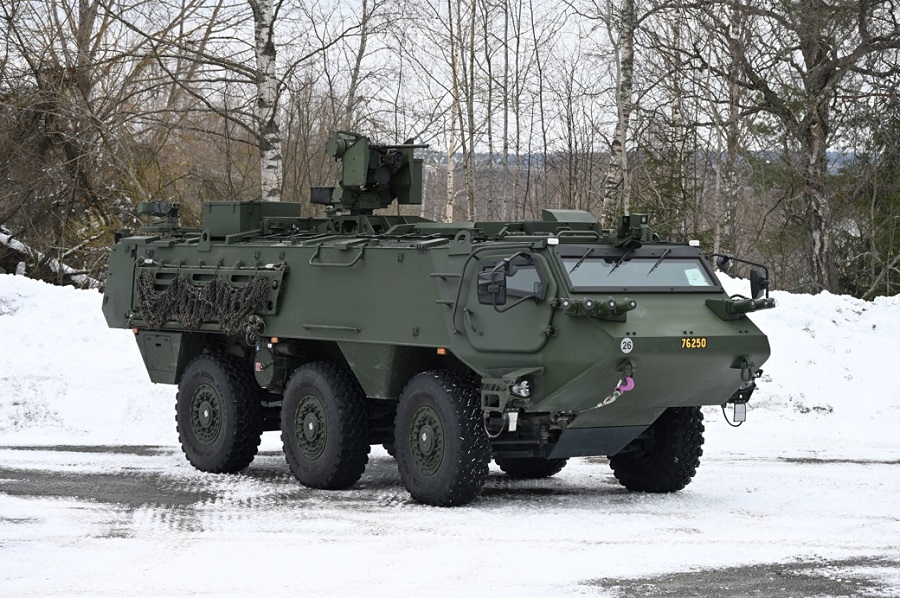This is the second Protector Technician course for 31 Squadron personnel. It is run over 14-weeks and comprises academic and practical activity, taking Mechanical, Avionics and Weapons NCO technicians into a single technician trade.
This ensures they can maintain the innovative Protector RG Mk 1 Remotely Piloted Air System (RPAS). On completion of their training, they’ll become a vital part of Protector UK testing and evaluation, as part of the growing 31 Squadron – the first Protector squadron.
Equipped with a suite of advanced equipment and precision strike weapons, Protector will provide critical armed surveillance capability and will be able to deploy against potential adversaries around the globe. The aircraft will also be able to fly in busy unsegregated airspace thanks to ‘detect and avoid’ technology with a potential endurance of over 30 hours.
The UK is investing in 16 Protector RG Mk 1 for the RAF. Capable of operating anywhere in the world, RAF Waddington in Lincolnshire will be the home of the Force, the site of launch and recovery to support domestic training, and command and control for overseas operations.
Protector RG Mk 1 (MQ-9B) is the successor to Reaper (MQ-9A) and is the next generation of remotely piloted medium-altitude, long endurance (MALE) aircraft. Protector will be deployed in wide-ranging armed Intelligence, Surveillance, Targeting and Reconnaissance (ISTAR) operations where its ability to fly consistently for up to 40 hours will offer the RAF a vastly improved armed ISTAR capability.
Considered a step change in capability for the RAF, the cutting-edge platform will be capable of being flown anywhere in the world while being operated by personnel located at RAF Waddington. Protector will be able to fly in busy, unsegregated airspace thanks to its ground-breaking ‘detect and avoid’ technology. The platform will also be able to take off and land automatically, increasing its flexibility and meaning there will be a significantly reduced deployed footprint when compared to other remotely piloted platforms such as Reaper.
The aircraft payload comprises of a complex suite of sensors, including a High-Definition Electro-Optical, Infra-Red (IR) camera, which, combined with endurance, provides a sensational persistent reconnaissance capability across the electro-magnetic spectrum. Protector will be able to respond rapidly and offer commanders flexibility, allowing the aircraft to perform a plethora of strategic tasks, ranging from close air support to disaster relief, should it be requested.
The aircraft will use enhanced data links and carry next-generation, low-collateral, precision strike weapons – the UK-made Brimstone missile (MBDA) and Paveway IV Laser Guided Bomb (Raytheon UK). In addition to MBDA and Raytheon, 12 other UK companies contribute towards the MQ-9B programme.


